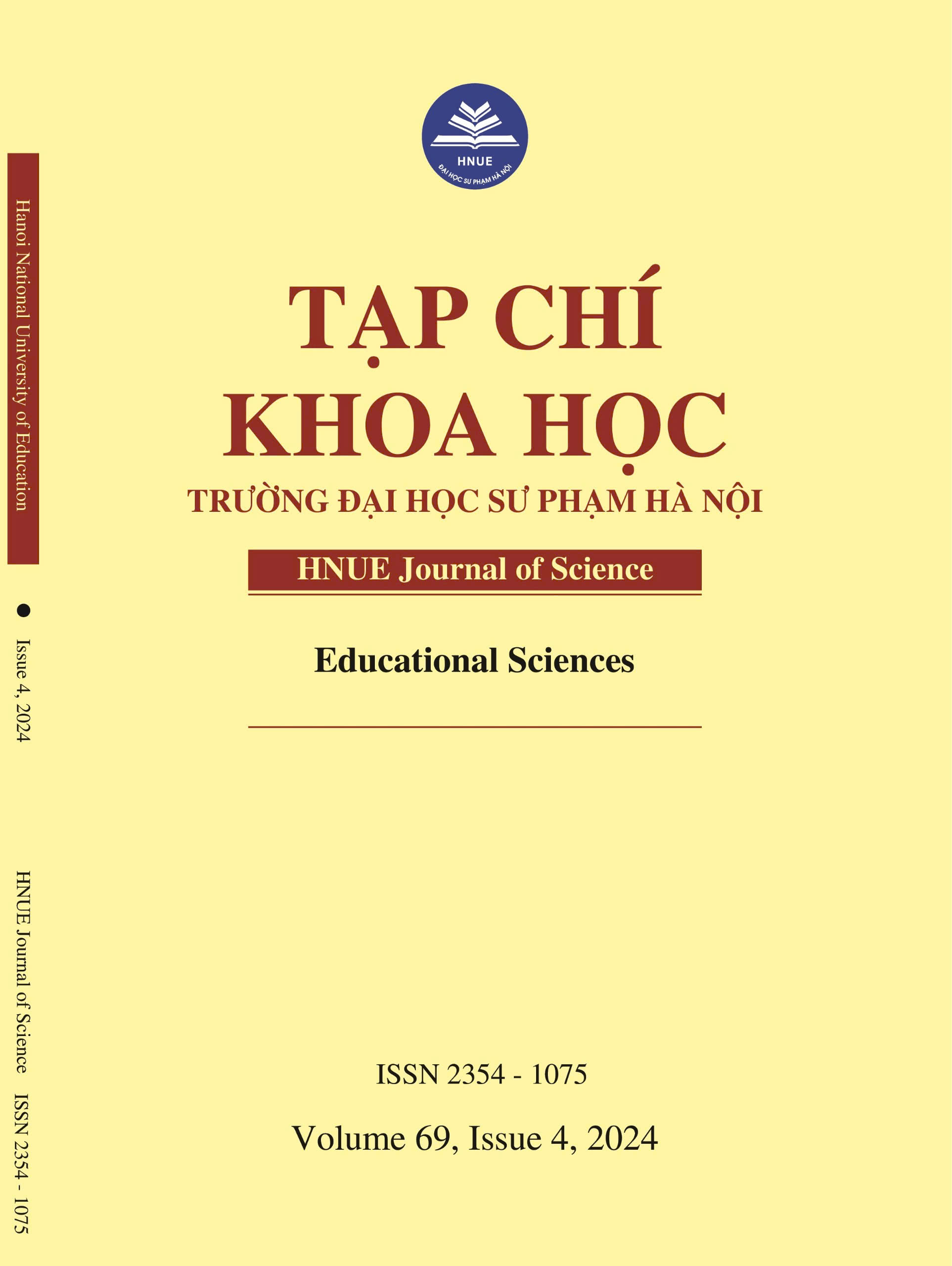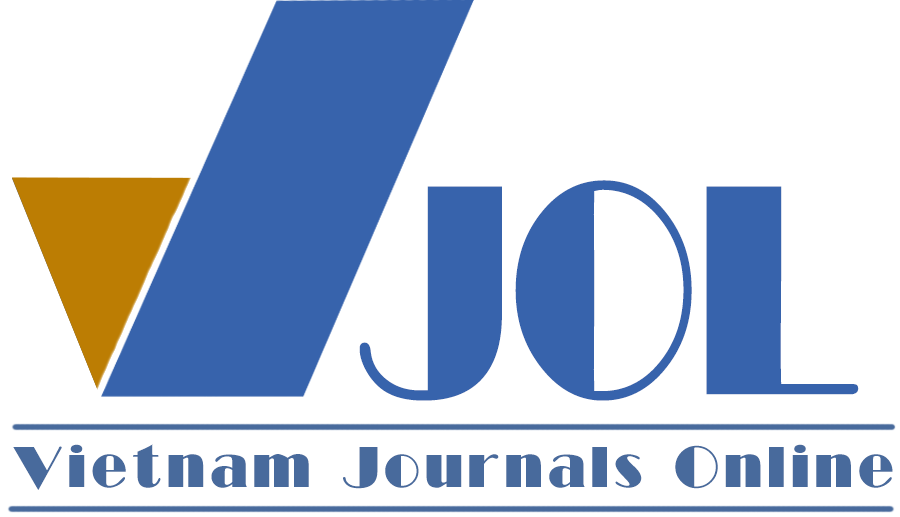APPLYING PROJECT-BASED LEARNING TO EDUCATE PRIMARY SCHOOL STUDENTS ON ENVIRONMENTAL PROTECTION
DOI:
https://doi.org/10.18173/2354-1075.2024-0067Keywords:
environmental protection education, primary school students, project-based learning processAbstract
Environmental protection has become a global concern, making environmental protection education vital at the primary school level. This education aims to comprehensively develop students' competencies and qualities as outlined in the 2018 General Education Curriculum. Project-based learning is a teaching method where students engage in complex tasks that seamlessly integrate theory and practice. Through high self-reliance, students autonomously complete tasks, acquiring essential knowledge and skills by solving problems linked to real-life contexts. Upon completing projects, students produce outcomes that align with learning objectives or propose practical solutions to real-world issues. This study employs document-based research methods closely linked to practical teaching. The paper proposes a process for applying project-based learning to environmental protection education for primary school students, based on relevant content, to meet the requirements of the 2018 General Education Curriculum. This approach is designed to help students complete tasks systematically and logically.
Downloads
References
[1] Dewey J, (1897). My pedagogic Creed. John Dewey's famous declaration concerning education. First published in The School Journal, 54(3), 77–80.
[2] Ministry of Education and Training (MOET). (2018). General education curriculum - Overall curriculum (Issued together with Circular No. 32/2018/TT-BGDĐT dated December 26, 2018, of the Minister of Education and Training).
[3] Dinh TKT (Ed.), Bui ND, Le TH, Lai TYN, Tran TQT & Le TT, (2019). Guidelines for organizing experiential activities according to the new general education curriculum. Hanoi University of Education Publishing House.
[4] Jones BF, Rasmussen CM & Moffitt MC, (1997). Real-life problem solving: A collaborative approach to interdisciplinary learning. American Psychological Association.
[5] Thomas JW, Mergendoller JR, & Michaelson A, (1999). Project-based learning: A handbook for middle and high school teachers. Buck Institute for Education.
[6] Moursund DG, (1999). Project-based learning using information technology (pp. 1-141). Eugene, OR: International society for technology in education.
[7] Diel W, Grobe T, Lopez H & Cabral C, (1999). Project-based learning: A strategy for teaching and learning, Boston, USA: Centre for Youth Development and Education, Corporation for Business. Work, and Learning.
[8] Smith A, (2018). Project-Based Learning Made Simple: 100 Classroom-Ready Activities That Inspire Curiosity, Problem Solving and Self-Guided Discovery. Simon and Schuster.
[9] Aksela M, & Haatainen O, (2019). Project-based learning (PBL) in practice: Active teachers' views of its' advantages and challenges. Integrated Education for the Real World, 34.
[10] Larmer J, Mergendoller J & Boss S, (2015). Setting the standard for project-based learning. ASCD. USA
[11] Cocco S, (2006). Student leadership development: The contribution of project-based learning. Unpublished Master’s thesis. Royal Roads University, Victoria, BC.
[12] Wurdinger S, Haar J, Hugg R & Bezon J, (2007). A qualitative study using project-based learning in a mainstream middle school. Improving schools, 10(2), 150-161. https://doi.org/10.1177/1365480207078048
[13] Al-Balushi SM, & Al-Aamri SS, (2014). The effect of environmental science projects on students’ environmental knowledge and science attitudes. International Research in Geographical and Environmental Education, 23(3), 213-227. https://doi.org/10.1080/10382046.2014.927167
[14] Hoang AD & To TDQ, (2019). Project-based learning. Vietnam Education Publishing House.
[15] Kilpatrick WH, (1918). The project method. Teachers college record, 19(4), 1-5. https://doi.org/10.1177/01614681180190040
[16] National Assembly. (2005). Law on Environmental Protection, No. 52/2005/QH11, November 29, 2005. https://thuvienphapluat.vn/van-ban/Tai-nguyen-Moi-truong/Luat-Bao-ve-moi-truong-2005-52-2005-QH11-7021.aspx
[17] Trinh TH & Lu MH, (2022). Some solutions to enhance the effectiveness of environmental protection education for primary school students. Journal of Science, Can Tho University, 58(1), 226-234. https://doi.org/10.22144/ctu.jvn.2022.025
[18] Krajcik J & Blumenfeld P, (2006). Project-based learning. In R. K. Sawyer (Ed.), The Cambridge Handbook of the Learning Sciences (pp. 317-333). Cambridge University Press.







